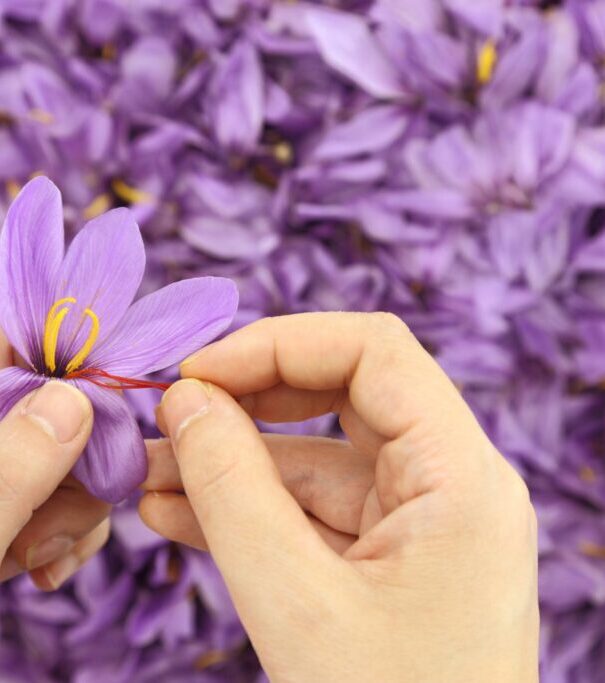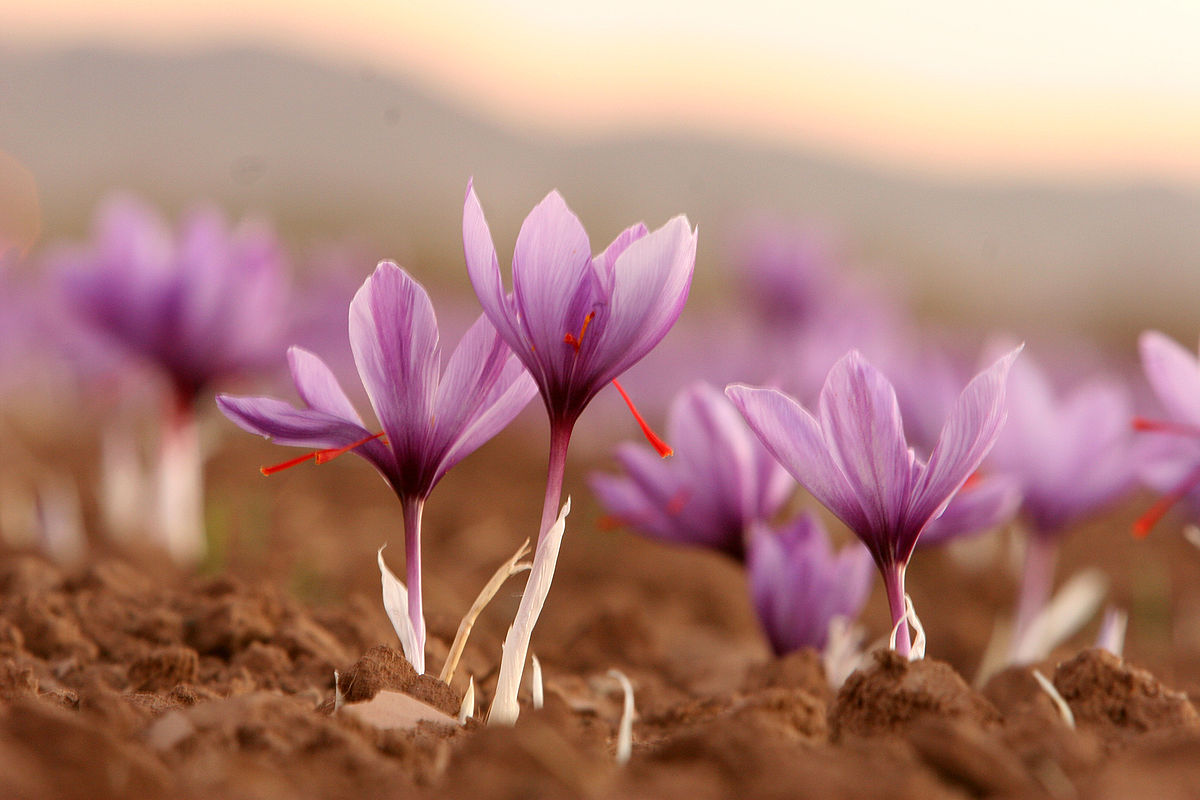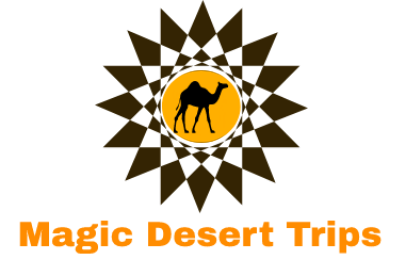Moroccan Saffon – A exploration of Moroccan culture:
Moroccan saffron, commonly referred to as red gold and one of the most costly plants in the world, is primarily grown in the Taliouine region in southeast Morocco. Between October and December, there is a harvest. Because of the high altitude (1586 m) in this area, the Amazigh have a good grasp of their surroundings and are more adept at farming saffron without the need of any machinery. The relationship between people and this flower is therefore one of dependence and reverence for the good fortune it brings.

Ladies in these little communities gather to collect the flowers at morning when the sunlight hit and the flower and began to blossom in order to retain distinctive compounds within the filaments. Moroccan saffron is a distinctive commodity that is frequently exported both domestically and internationally. The procedure to extract the crimson stigma from the purple crocus bloom begins after the saffron is harvested. Women in these small towns meet around the table to create an extraordinary cooperation. Women would laugh, tell stories, and sing together in the main part of the day when it wasn’t labor.
To assure the greatest quality of the red gold, organic Moroccan saffron would be dried by the sun, in the rising sky, or by machines to prevent any dust contact. One gram of saffron requires around 100 stigmas, making this product one of the most expensive plants in the world.
As saffron production increased in the Talouin region, an increasing number of saffron cooperatives emerged to supply some of the best quality saffron, not only to enhance the flavor of your tea but also for various meals as well as for cosmetic and beauty purposes. Farmers that joined the cooperative provided an annual harvest of saffron that outbid the market’s average price.
How to use Moroccan saffron:
Many Moroccans add saffron to hot water or use it in dishes like Tagin, a well-known Moroccan cuisine, or tea. The purpose is to gain from its high vitamin and ingredient content.
Potassium, which is crucial for maintaining heart health, is abundant in saffron. The antioxidants in saffron give the skin suppleness and flexibility. The benefits of saffron include revealing wound scars and dark areas on the skin as well as preventing skin rash. Vitamin B12, which is also found in saffron, can be used to treat dry lips.
One of your heart’s finest defenses against loss and root-level protection is saffron. Common colds and coughs can be cured with saffron. It has the ability to operate as a stimulant and anti-inflammatory drug. These saffron-related advantages can help asthma sufferers.

Price of Moroccan saffron
The cost of Moroccan saffron varies throughout the year but often ranges from $350 to $400 per kilogram. The best way to purchase saffron in Morocco is to travel to its home regions, where it is also possible to locate Moroccan saffron in bulk.
A wonderful trip to Morocco
Magic Desert Trips offers you a special holiday in Morocco during the harvesting season to visit the Taliouin region, learn about the production of saffron, and tour the Saffron Morocco farm. The Amazigh people’s way of life may be experienced on this cultural tour, which departs from Agadir or Marrakech. There are also opportunities to participate in the production of saffron, which will make your trip to Morocco an unforgettable experience of a lifetime.
The area offers some of the best hiking experiences in Morocco in addition to cultural tours; Sirwa, the highest peak in the Anti Atlas mountains, is just a few days of adventure away and offers a distinctive panorama amid spectacular volcanic Mountains.

Leave a Reply